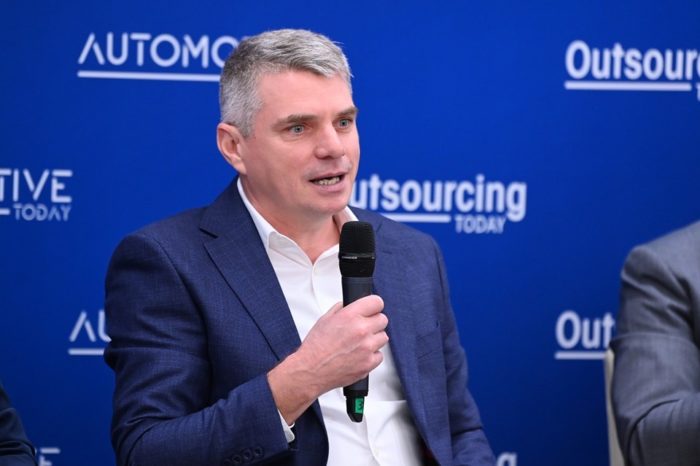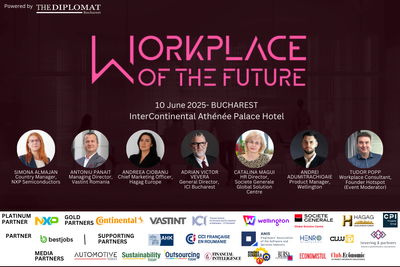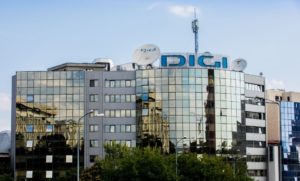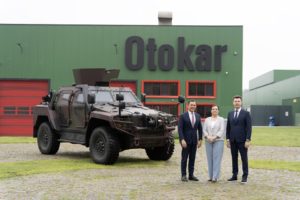Simona Almajan, NXP Semiconductors Romania: “We will see a big change in the architecture of cars, with a powerful computer that orchestrates everything”
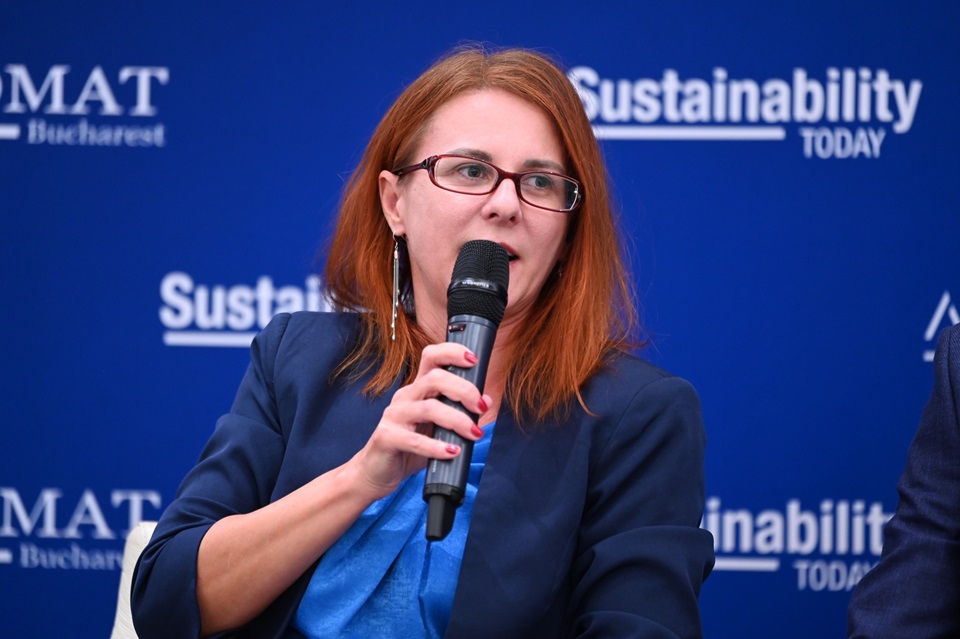
“Investments in technology are enormous. Huge investments are also made in the chain of OEM manufacturers, Tier 1 and Tier 2. A car today contains hundreds of chips. Every button in the car has a chip behind it. Every IoT device has at least one chip.
Forecasts show that in 2030, over 60 percent of cars will be electric, globally. This sector is constantly growing and we see how things evolve from one year to the next.
Speaking of technology and software, let me give you an example. A chip is developed with certain functionalities for monitoring the battery, to see what the state of health is. There are certain modules in the respective chip and certain functionalities in the hardware. The software implements certain functionalities and is connected to the cloud,” Simona Almajan, Country Manager, NXP Semiconductors Romania said during Green Mobility Forum organized by The Diplomat-Bucharest and Automotive Today.
“Connecting to the cloud is another trend that involves a series of other challenges, such as functional safety, cyber security.
Another challenge is the fact that machine architectures change, there are manufacturers who work on so-called zonal architectures. The changes are also very big from a software perspective. We will have more and more software that implements various functionalities, even those that were implemented in hardware or in the electronic part.
Time to market is a very important objective and here we will see changes in the future. We are talking about over-the-air updates through which the car’s software can be updated much more often. We will reach a time when all the software will be updated more often so that the value of the cars can be preserved.
The trend is towards a big change in the architecture of cars, with a powerful computer that orchestrates everything. The complexity of the machines has increased a lot and is unsustainable, and the manufacturers have realized this. In the current flat architecture, there are cables with a total length of 2 kilometres and a weight of 75 kilograms. The transition to the zonal architecture is done through a domain-based architecture, which implies a gateway in the middle and several domains (such as propulsion, safety and security, ADAS).
Car manufacturers are becoming important technology companies, they can no longer go into details, they need integrated software solutions. It is very complicated for a manufacturer to know what is happening in the hardware area of the chip. This is the reason why we are starting to deliver integrated solutions. There are tens, hundreds of companies that work on the software that we find in cars.
We have to deliver this software very quickly and it has to be integrated very quickly. So, there is a need for a rapprochement of the companies in this ecosystem so that the pre-integration part of the software has priority. For a car manufacturer, the software must be as easy as possible to integrate. It is a simplification of complexity.”



